Home>diy>Architecture & Design>What Is A Brick Facade
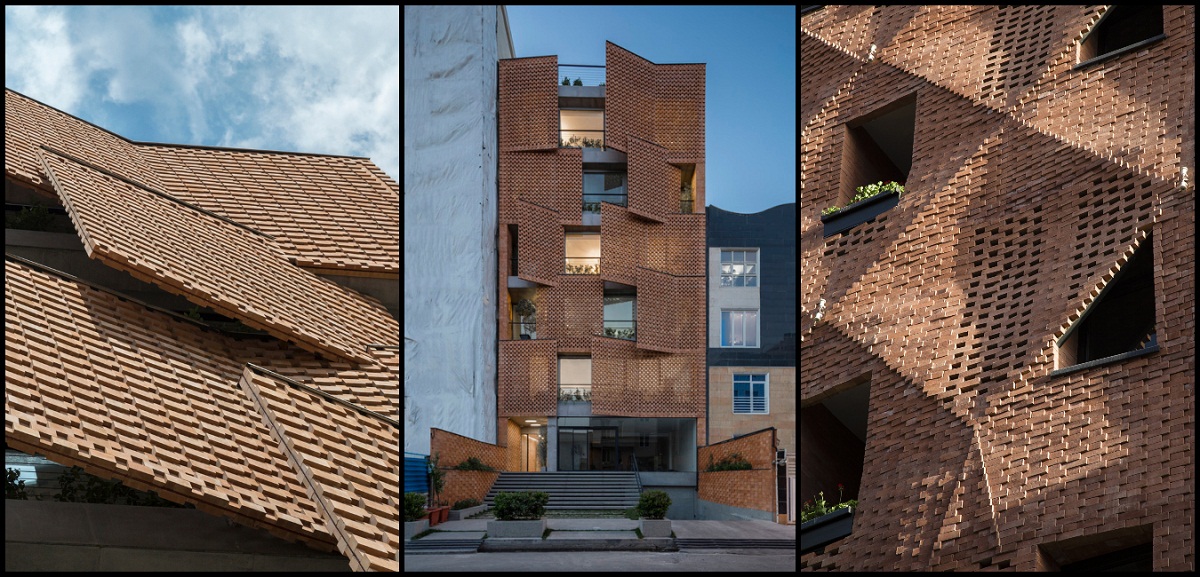

Architecture & Design
What Is A Brick Facade
Modified: October 20, 2024
Discover the beauty and versatility of brick facade in architecture design. Explore different styles, patterns, and materials in creating stunning exteriors for buildings.
(Many of the links in this article redirect to a specific reviewed product. Your purchase of these products through affiliate links helps to generate commission for Storables.com, at no extra cost. Learn more)
Introduction
A brick facade is a popular architectural design element that is not only aesthetically pleasing but also provides numerous benefits to both residential and commercial structures. The use of brick facades has been a long-standing tradition in the construction industry due to their durability, versatility, and timeless charm.
Brick facades are external coverings made of brick materials that are applied to the exterior walls of buildings. These facades not only serve as a protective layer but also play a significant role in defining the overall look and feel of a structure. They can enhance the curb appeal, add character, and even increase the value of a property.
In this article, we will delve into the world of brick facades, exploring their definition, benefits, different types, factors to consider before installation, maintenance and care, as well as popular designs that have captivated the hearts of homeowners and architects alike.
Key Takeaways:
- Brick facades offer durability, fire resistance, energy efficiency, and low maintenance, making them a popular choice for both residential and commercial buildings, adding timeless charm and architectural elegance.
- Popular brick facade designs range from traditional red and modern white brick facades to combinations with wood, arches and columns, herringbone patterns, large windows, brick accents, and metal accents, offering endless design possibilities for unique and visually stunning exteriors.
Read more: What Is A Facade?
Definition of a Brick Facade
A brick facade, also known as a brick veneer, is a non-structural external covering made of brick materials that is attached to the exterior walls of a building. It consists of a single layer of bricks, typically held together with the help of mortar, which is applied directly onto the existing wall surface.
The purpose of a brick facade is twofold. Firstly, it serves as a protective layer to shield the underlying structure from weather elements such as rain, wind, and extreme temperatures. Secondly, it enhances the visual appeal of the building, giving it a timeless and classic look.
Brick facades can be installed on various types of buildings, including residential homes, commercial buildings, and even historical landmarks. They can be applied to both new construction projects and existing structures undergoing renovation.
It’s important to note that a brick facade is different from load-bearing brick walls. While a load-bearing brick wall is an integral part of the structural framework of a building, supporting its weight, a brick facade is purely decorative and does not contribute to the structural stability of the building.
Brick facades offer the advantage of providing the appearance and feel of a solid brick wall without the added weight and cost associated with constructing load-bearing walls entirely out of brick. This makes them a popular choice among architects and homeowners.
Benefits of a Brick Facade
Brick facades offer a wide range of benefits, making them a desirable choice for both residential and commercial buildings. Let’s explore some of the key advantages:
- Durability: Brick is known for its exceptional durability, with the ability to withstand harsh weather conditions, such as heavy rain, strong winds, and extreme temperatures. Brick facades offer long-term protection for the underlying structure, ensuring its longevity.
- Fire Resistance: Bricks are non-combustible, making brick facades an excellent choice for fire-resistant construction. In the event of a fire, brick facades can help prevent the spread of flames, providing valuable time for occupants to safely evacuate and reducing the potential for extensive damage.
- Energy Efficiency: Brick facades have natural insulating properties, which can help regulate indoor temperatures and reduce energy consumption. They provide thermal mass, absorbing and slowly releasing heat, thereby keeping buildings cooler in summer and warmer in winter. This can lead to lower heating and cooling costs.
- Sound Insulation: Brick facades act as a barrier to external noise, creating a quieter and more peaceful indoor environment. The density of the bricks and the air cavity between the brick facade and the original wall can effectively reduce sound transmission from outside, ensuring a more comfortable living or working space.
- Low Maintenance: Brick facades require minimal maintenance compared to other exterior cladding materials. They do not fade, warp, or rot, reducing the need for regular painting or costly repairs. A simple occasional cleaning with water and a soft brush is usually sufficient to maintain their appearance and longevity.
- Visual Appeal: The timeless beauty and aesthetic charm of brick facades are hard to match. They add depth, texture, and character to buildings, creating a warm and inviting atmosphere. Brick facades come in a variety of colors, sizes, and patterns, allowing architects and homeowners to create unique and captivating designs.
Overall, the benefits of a brick facade make it a popular choice for those seeking a durable, energy-efficient, and visually appealing exterior cladding solution.
Different Types of Brick Facades
Brick facades offer a wide variety of design options, allowing architects and homeowners to create unique and appealing exteriors. Here are some different types of brick facades:
- Standard Brick Veneer: This is the most common type of brick facade, where individual bricks are laid in a running bond or stacked bond pattern on the exterior wall. The bricks are typically 4 inches thick and are attached to the existing wall with mortar.
- Thin Brick Veneer: Thin brick veneer, also known as brick tiles or brick slips, is a lightweight alternative to traditional brick facades. These thinner bricks, usually around ½ inch to ¾ inch thick, are applied directly onto the existing wall using adhesive. Thin brick veneer offers the same aesthetic appeal as standard bricks but with less weight and cost.
- Brick Panels: Brick panels are pre-fabricated sections made up of brick sheets attached to a backing material such as plywood or aluminum. These panels are then installed onto the exterior wall, creating a brick facade in less time and with fewer labor costs compared to traditional bricklaying methods.
- Rusticated Brick Facade: A rusticated brick facade features bricks with grooved or chamfered edges, giving them a rough and textured appearance. This creates a rustic or old-world charm, often found in historical or heritage buildings.
- Painted Brick Facade: While most brick facades showcase the natural beauty of the brick, some homeowners opt to paint their brick facades for a different look. Painting allows for a wide range of color options, giving more flexibility in achieving a desired aesthetic.
- Brick and Stone Combination: Combining bricks with other materials, such as stone or stucco, can create an appealing contrast and add visual interest to the facade. This combination of materials often results in a unique and eye-catching architectural design.
These are just a few examples of the different types of brick facades available. Each type offers its own advantages and can be customized to suit the architectural style and personal taste of the building owner.
When designing a brick facade, consider the color, texture, and pattern of the bricks to create visual interest. Experiment with different laying patterns such as running bond, herringbone, or basket weave for a unique look.
Factors to Consider Before Installing a Brick Facade
Installing a brick facade requires careful planning and consideration. Before embarking on this exterior design project, there are several important factors to take into account:
- Budget: Determine your budget for the brick facade installation. Consider the cost of materials, labor, and any additional expenses such as permits or structural modifications that may be required.
- Building Codes and Regulations: Familiarize yourself with local building codes and regulations regarding exterior cladding. Ensure that your plans comply with these guidelines to avoid any issues or delays during the installation process.
- Structural Assessment: Before installing a brick facade, conduct a thorough structural assessment of the building to ensure that it can support the additional load. Consult with a structural engineer if necessary.
- Design Considerations: Consider the architectural style and overall design aesthetic of your building. Choose a brick type, size, and pattern that complement the existing style or desired design outcome. Take into account elements such as windows, doors, and architectural details when planning the layout of the brick facade.
- Climate and Location: Consider the climate and environmental factors of your location. Different brick materials and mortar types perform differently under various weather conditions. Ensure that the brick facade is suitable for your specific climate to ensure durability and longevity.
- Maintenance and Longevity: Think about the long-term maintenance requirements of the brick facade. While brick facades are generally low-maintenance, it’s important to consider factors such as sealing, cleaning, and potential repairs over time.
- Contractor Selection: Choose a reputable and experienced contractor with expertise in brick facade installations. Seek recommendations, review portfolios, and request quotes from multiple contractors to ensure that you select the right professional for the job.
- Project Timeline: Determine the timeline for the installation, taking into account factors such as weather conditions and any other concurrent construction or renovation projects. Plan accordingly to minimize disruptions and ensure that the project is completed within a reasonable timeframe.
By considering these factors before installing a brick facade, you can ensure a smooth and successful project, resulting in a beautiful and durable exterior for your building.
Read more: What Is The Facade Of A House
Maintenance and Care for a Brick Facade
A well-maintained brick facade not only enhances the beauty of a building but also prolongs its lifespan. Here are some important maintenance and care tips for your brick facade:
- Regular Cleaning: Keep your brick facade clean by regularly removing dirt, dust, and other debris. Use a soft-bristled brush or a low-pressure washer to gently scrub the surface. Avoid using harsh chemicals or abrasive materials that can damage the bricks or mortar.
- Inspect for Damage: Periodically inspect your brick facade for any signs of damage, such as cracks, loose bricks, or deteriorating mortar joints. Address any issues promptly to prevent further damage and ensure the structural integrity of the facade.
- Repair and Replace: If you notice any damaged bricks or mortar, it’s crucial to repair or replace them as soon as possible. Hire a professional brick mason to carry out the necessary repairs, ensuring that it matches the original design and materials.
- Sealing: Consider applying a brick sealer to protect your brick facade from moisture penetration. This can help prevent water damage and the growth of mold or mildew. Consult with a professional to determine the appropriate type of sealer for your specific brick type and climate.
- Gutter Maintenance: Keep your gutters and downspouts clear of debris to prevent water from overflowing onto the brick facade. Excessive moisture can cause damage to the bricks and weaken the mortar joints. Regularly inspect and clean your gutters to ensure proper drainage.
- Avoid Vine Growth: Avoid allowing vines or plants to grow directly on your brick facade. While they may add a charming aesthetic, the roots can penetrate the mortar joints, leading to potential damage over time. Trim any vegetation growing near the facade to prevent this issue.
- Protective Measures: During construction or renovation projects, take measures to protect the brick facade from potential damage caused by tools, equipment, or accidental spills. Cover the facade with protective materials or erect temporary barriers to avoid any unwanted impact on the bricks.
- Professional Maintenance: Consider periodic professional maintenance for your brick facade. Hiring a brick mason or a specialized cleaning company can ensure a thorough and effective cleaning, inspection, and maintenance process for your facade.
By following these maintenance and care tips, you can keep your brick facade in excellent condition for years to come, preserving its beauty and integrity.
Popular Brick Facade Designs
Brick facades offer endless design possibilities, allowing homeowners and architects to create unique and visually stunning exteriors. Here are some popular brick facade designs that have captivated the hearts of many:
- Traditional Red Brick: The classic red brick facade remains a timeless favorite. It exudes a warm and inviting charm, making it a popular choice for both traditional and contemporary homes. The natural variations in color and texture of the bricks add depth and character to the facade.
- Modern White Brick: White brick facades have gained immense popularity in recent years. The clean and minimalist look of white bricks complements modern architectural styles. It provides a crisp and contemporary aesthetic, adding a touch of sophistication to any building.
- Brick and Wood Combination: Combining bricks with wood elements creates a harmonious blend of textures and materials. This design choice adds warmth and visual interest to the facade. Common applications include using bricks for the lower portion of the facade and incorporating wood siding or accents in the upper sections.
- Brick with Arches and Columns: Incorporating arches and columns into a brick facade adds elegance and a touch of grandeur. This design choice is often seen in neoclassical or Mediterranean architectural styles. The use of brick provides a solid backdrop for the eye-catching arches and columns, creating a stunning visual impact.
- Herringbone or Chevron Patterns: Utilizing a herringbone or chevron pattern with bricks creates a striking geometric design. This intricate pattern adds a sense of craftsmanship and sophistication to the facade. It can be applied to the entire facade or used as an accent feature to create a focal point.
- Brick with Large Windows: Pairing a brick facade with large windows creates a beautiful contrast of materials and allows for ample natural light. The solid and grounded look of the brick complements the openness and transparency of the windows, resulting in a modern and airy aesthetic.
- Brick Accents: Incorporating brick accents into a predominantly non-brick facade can add visual interest and texture. This design choice involves using bricks as highlights, such as around the entryway or as a border along certain sections of the facade. It adds a unique and eye-catching element to the overall design.
- Brick with Metal Accents: Combining bricks with metal accents, such as steel beams or metal cladding, creates a modern and industrial look. The contrast between the rawness of the brick and the sleekness of the metal adds a contemporary edge to the facade.
These popular brick facade designs showcase the versatility and beauty of brick as an architectural material. Whether you prefer a traditional, modern, or eclectic style, there is a brick facade design to suit every taste and enhance the overall aesthetic of your building.
Conclusion
A brick facade is not just a decorative element; it’s a statement of durability, timeless charm, and architectural elegance. The benefits of a brick facade, such as durability, fire resistance, energy efficiency, and low maintenance, make it a popular choice for both residential and commercial buildings.
There are various types of brick facades to suit different architectural styles and preferences. From standard brick veneer to thin brick veneer, brick panels, rusticated brick, and painted brick facades, there are options to cater to every design vision.
In order to ensure a successful brick facade installation, it’s essential to consider factors such as budget, building codes and regulations, structural assessment, design considerations, climate and location, maintenance requirements, and contractor selection.
Maintaining and caring for a brick facade involves regular cleaning, inspections for damage, timely repairs, sealing, gutter maintenance, avoiding vine growth, and taking protective measures during construction or renovation projects. Professional maintenance can also be beneficial in keeping the facade in optimal condition.
Popular brick facade designs range from traditional red and modern white brick facades to combinations with wood, arches and columns, herringbone patterns, large windows, brick accents, and metal accents. Each design choice adds its own unique touch and character to the building’s exterior.
In conclusion, a brick facade not only enhances the visual appeal of a building but also provides long-lasting protection against the elements. With a wide range of design options, durability, and low maintenance requirements, a brick facade is a timeless choice that adds value and beauty to any structure.
Frequently Asked Questions about What Is A Brick Facade
Was this page helpful?
At Storables.com, we guarantee accurate and reliable information. Our content, validated by Expert Board Contributors, is crafted following stringent Editorial Policies. We're committed to providing you with well-researched, expert-backed insights for all your informational needs.
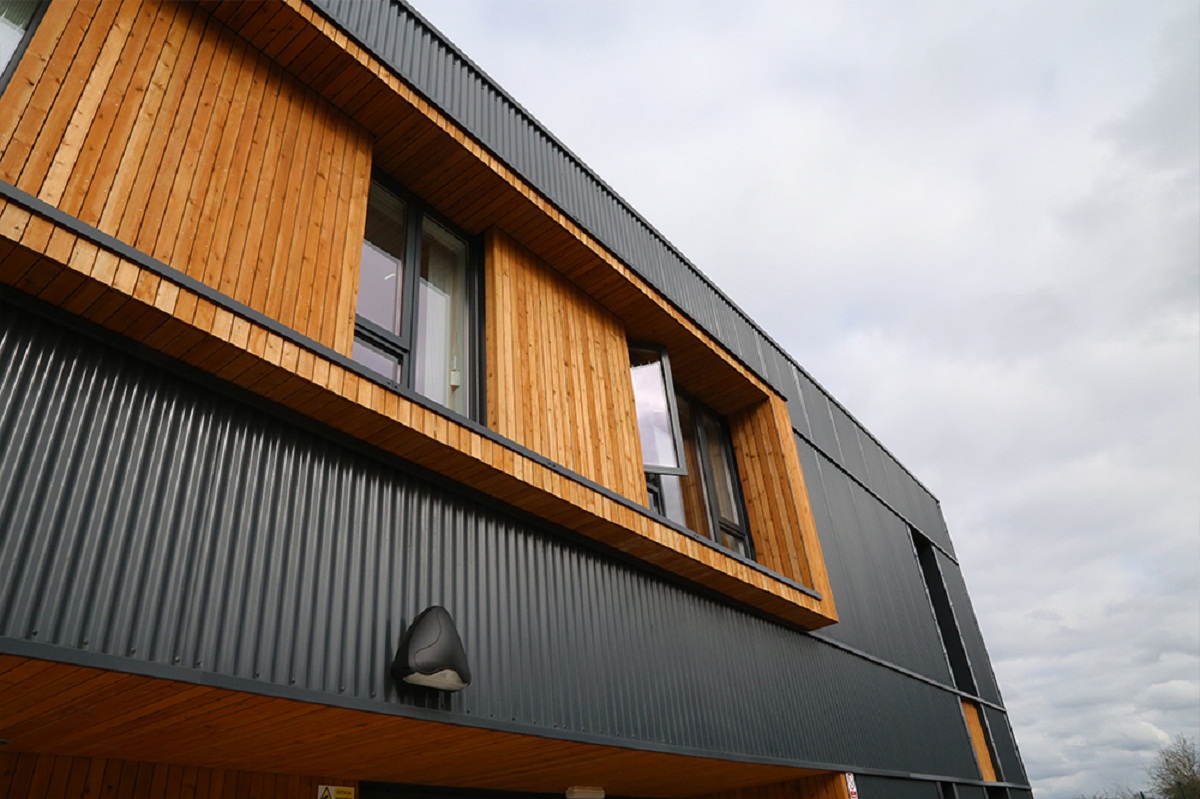
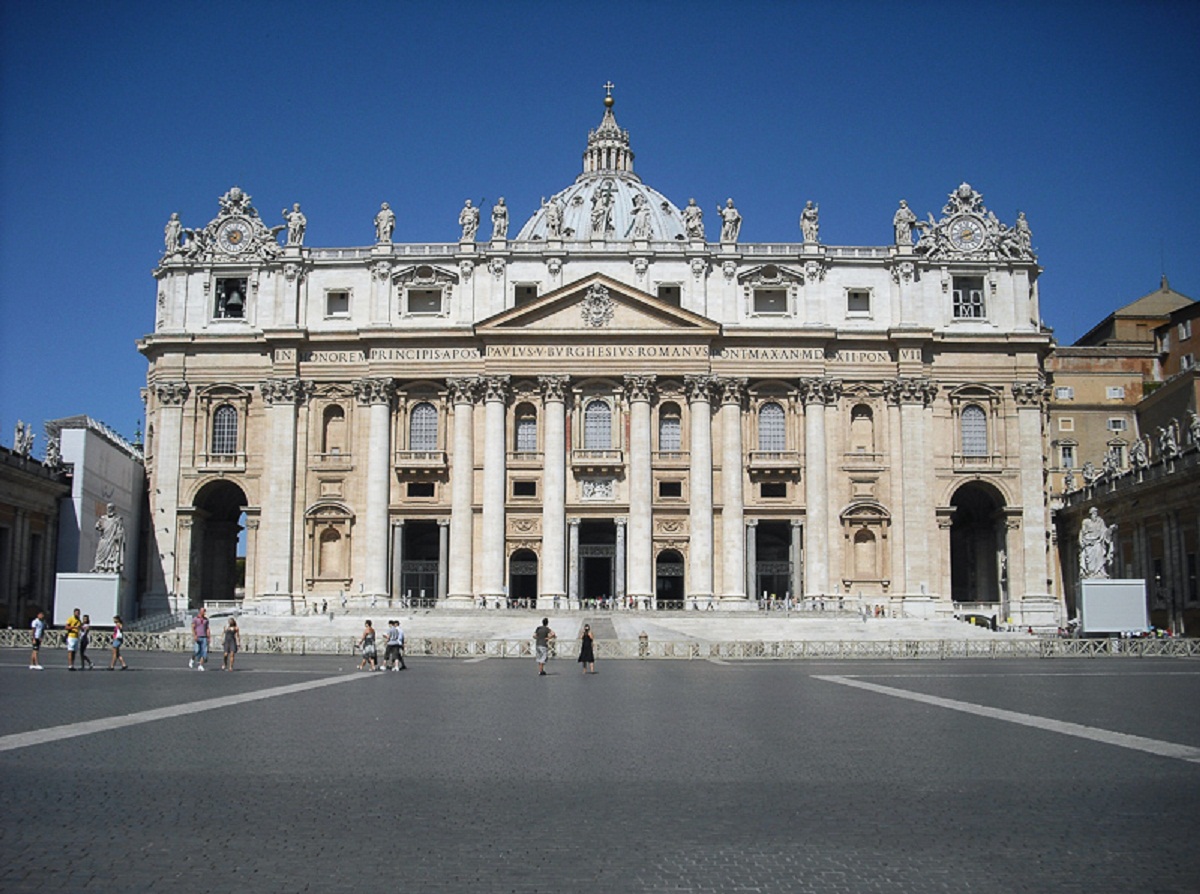
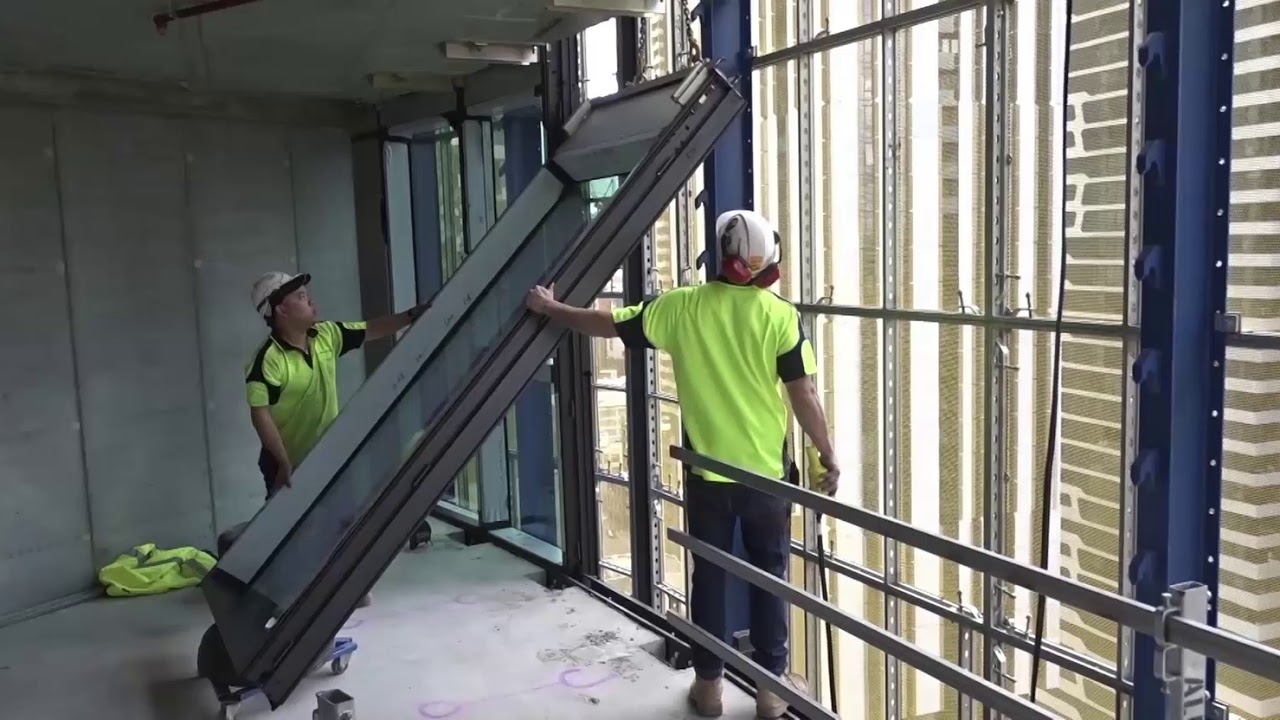
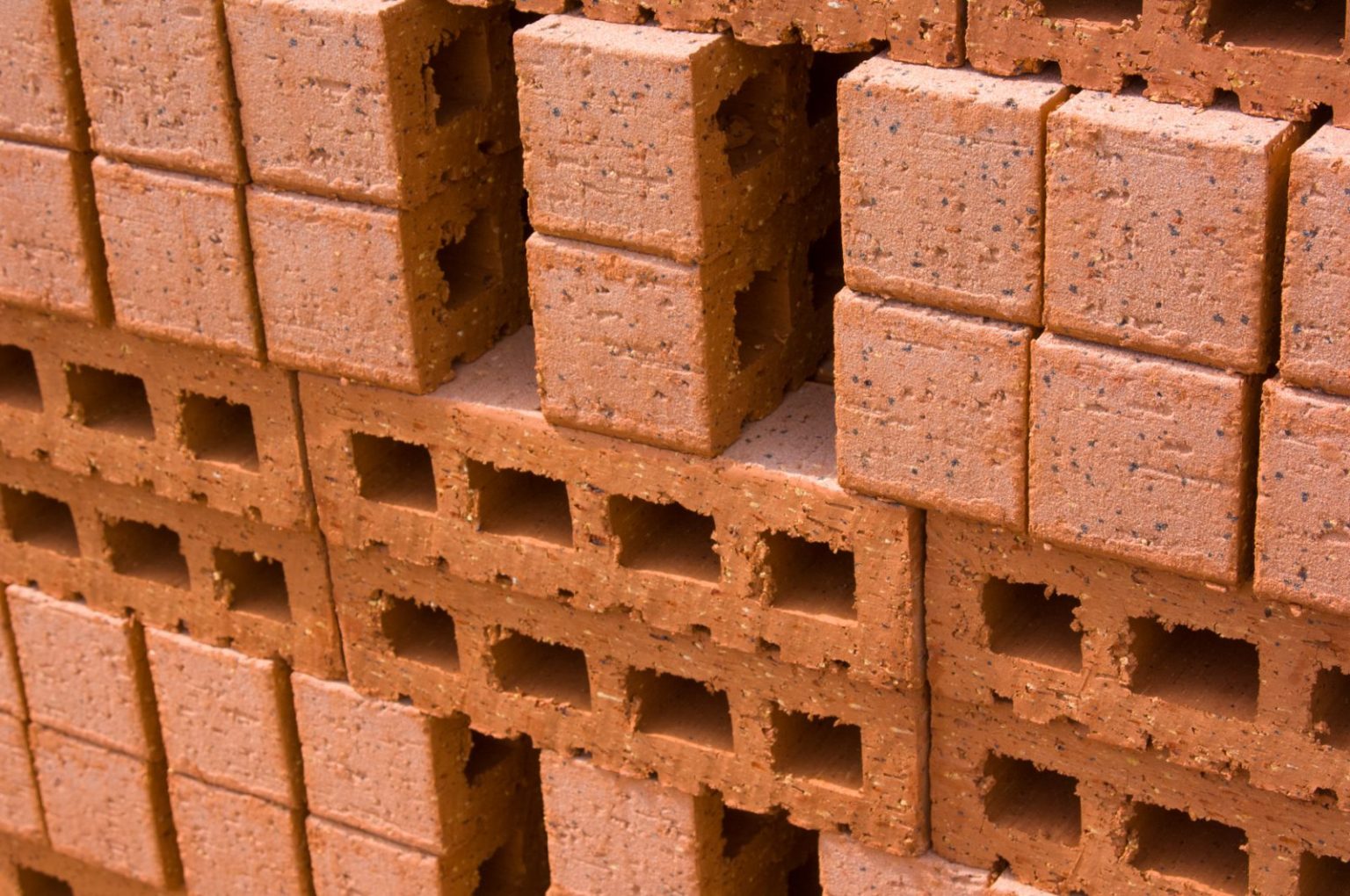
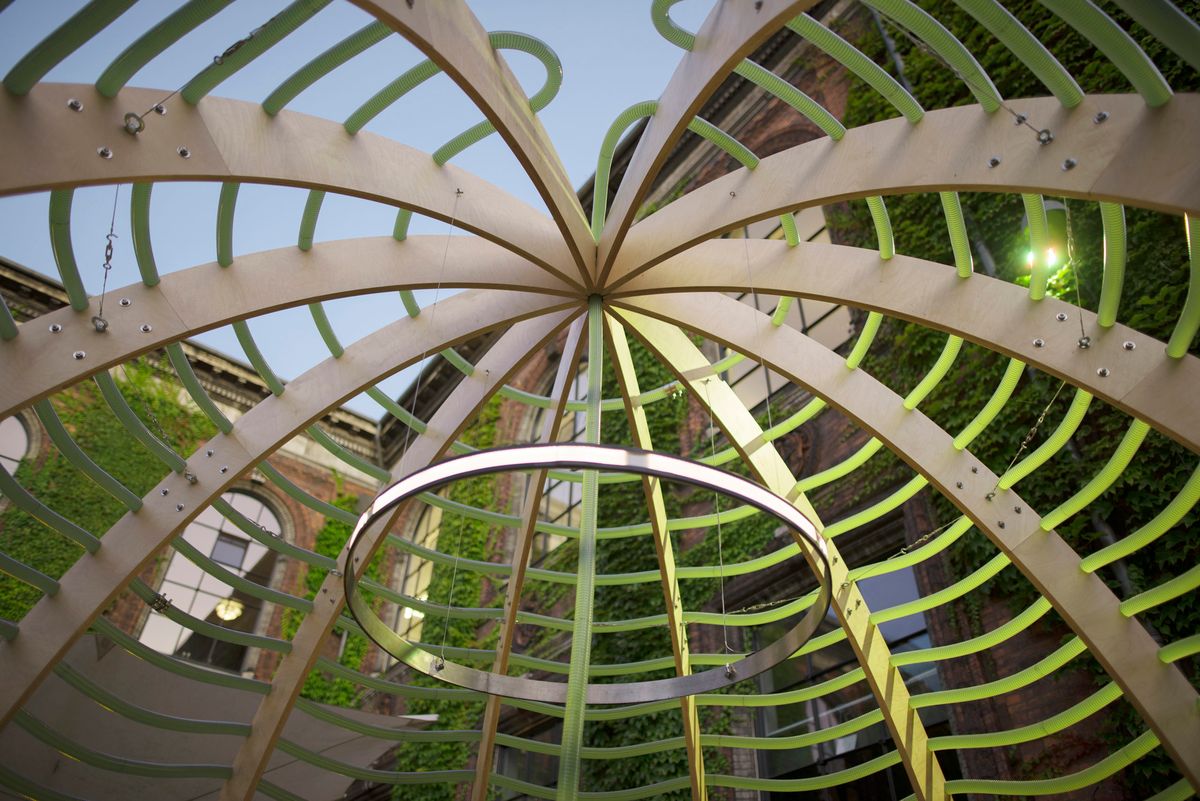
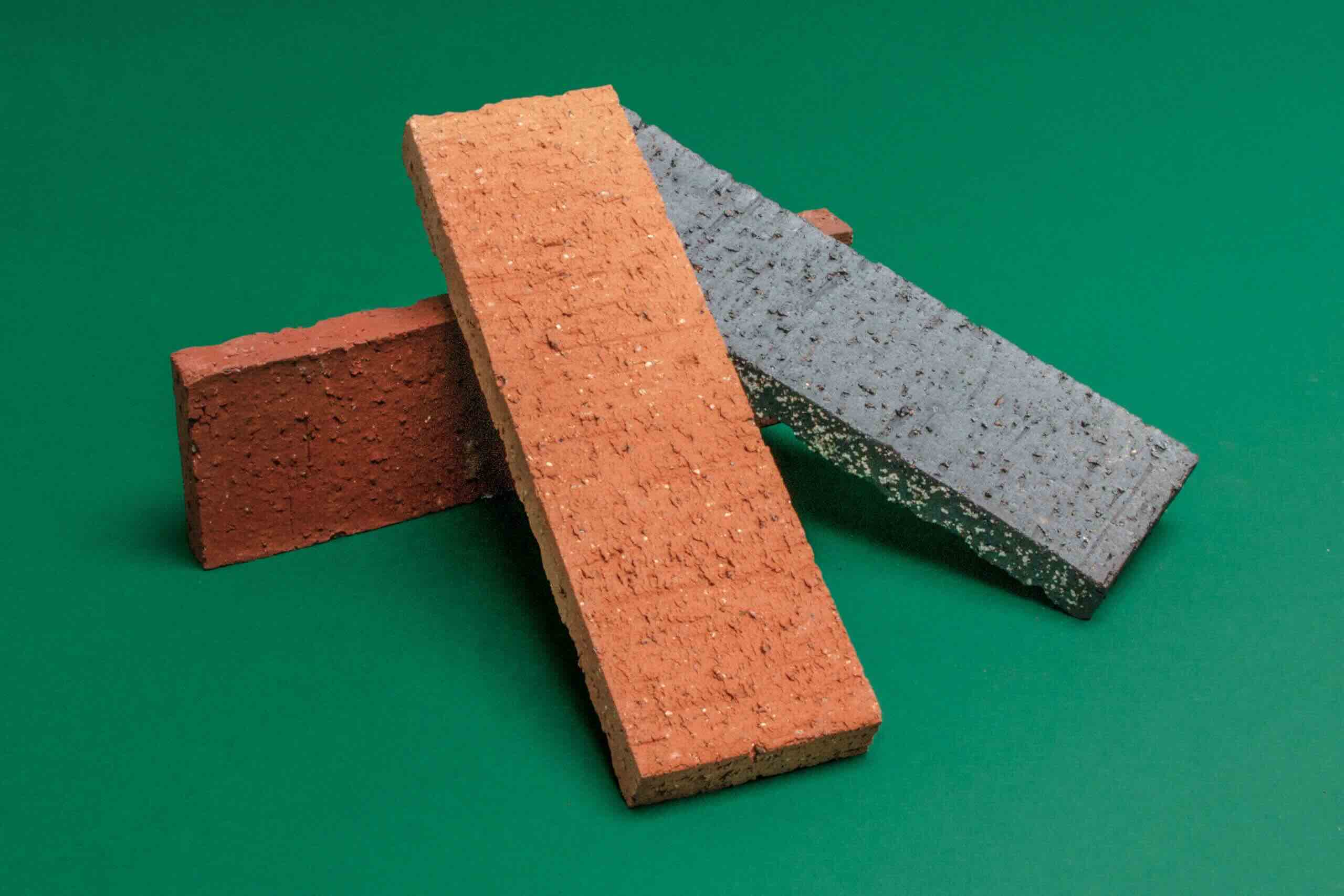
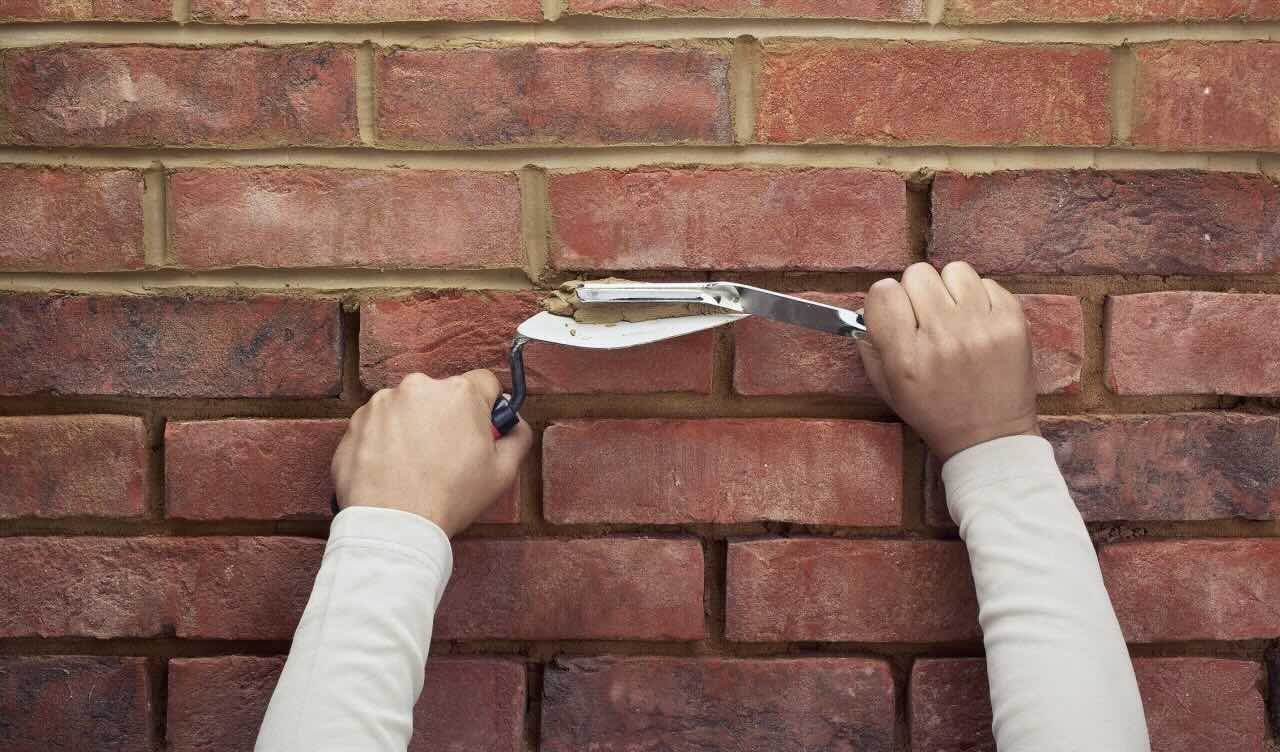
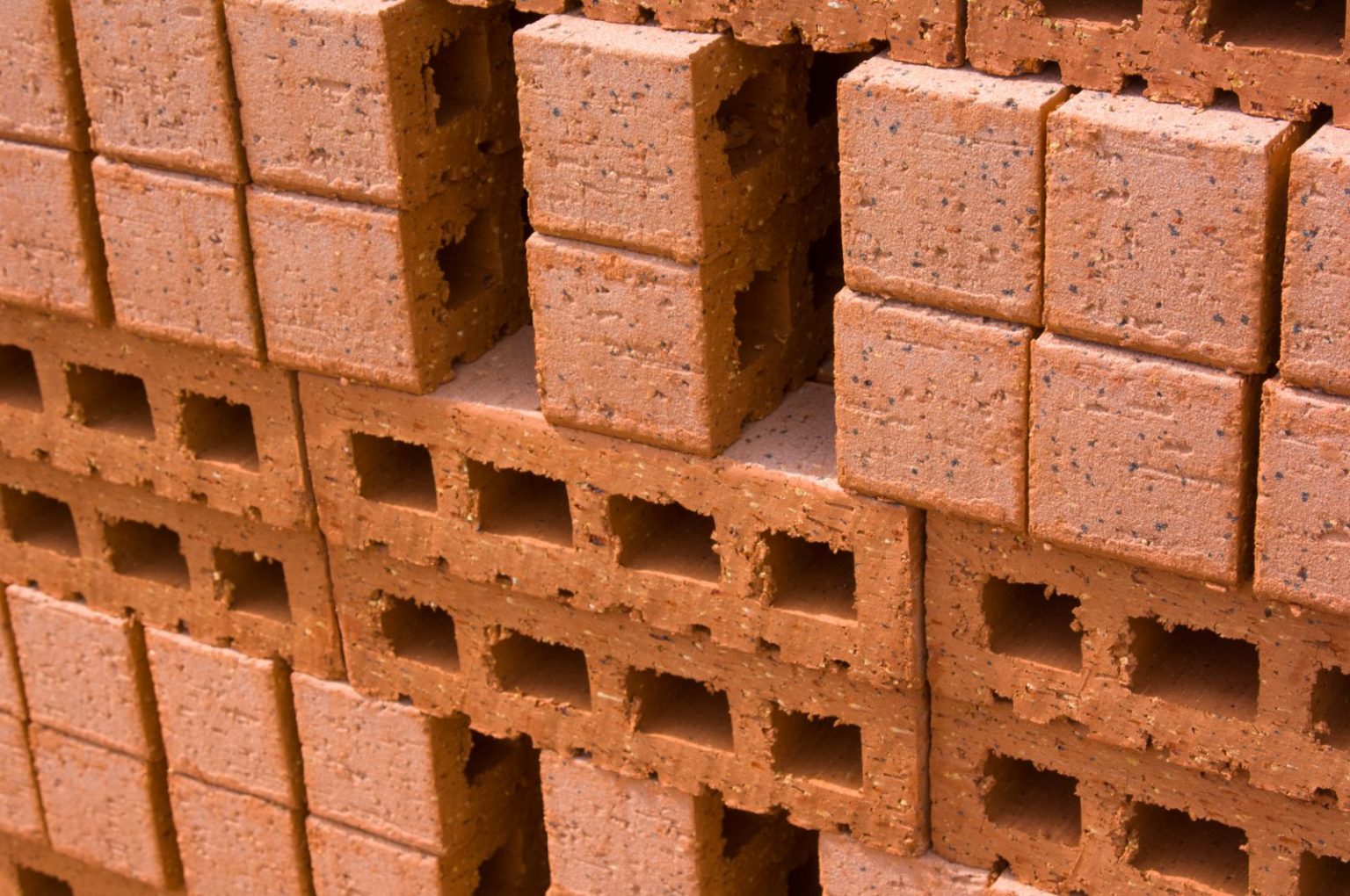
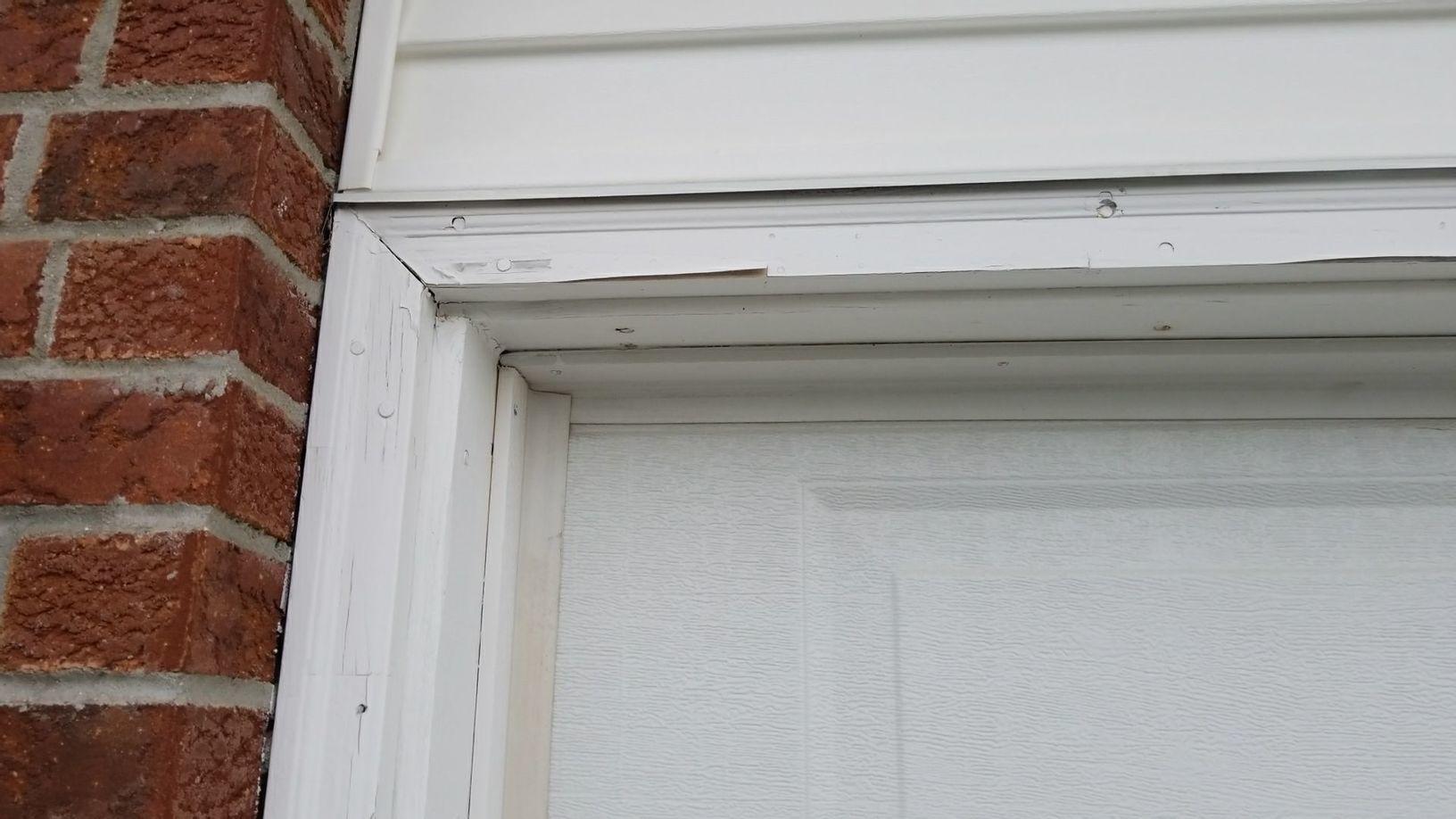
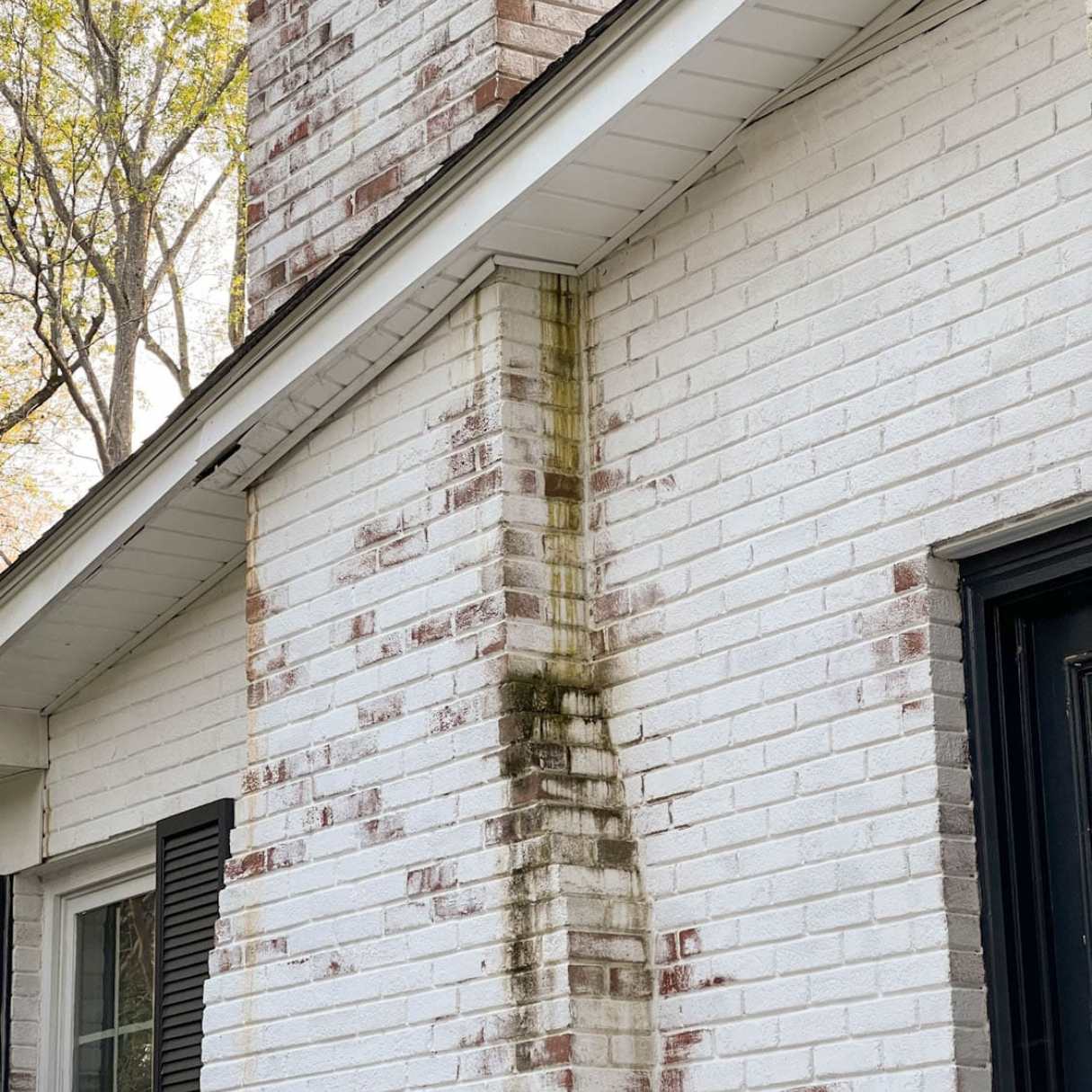
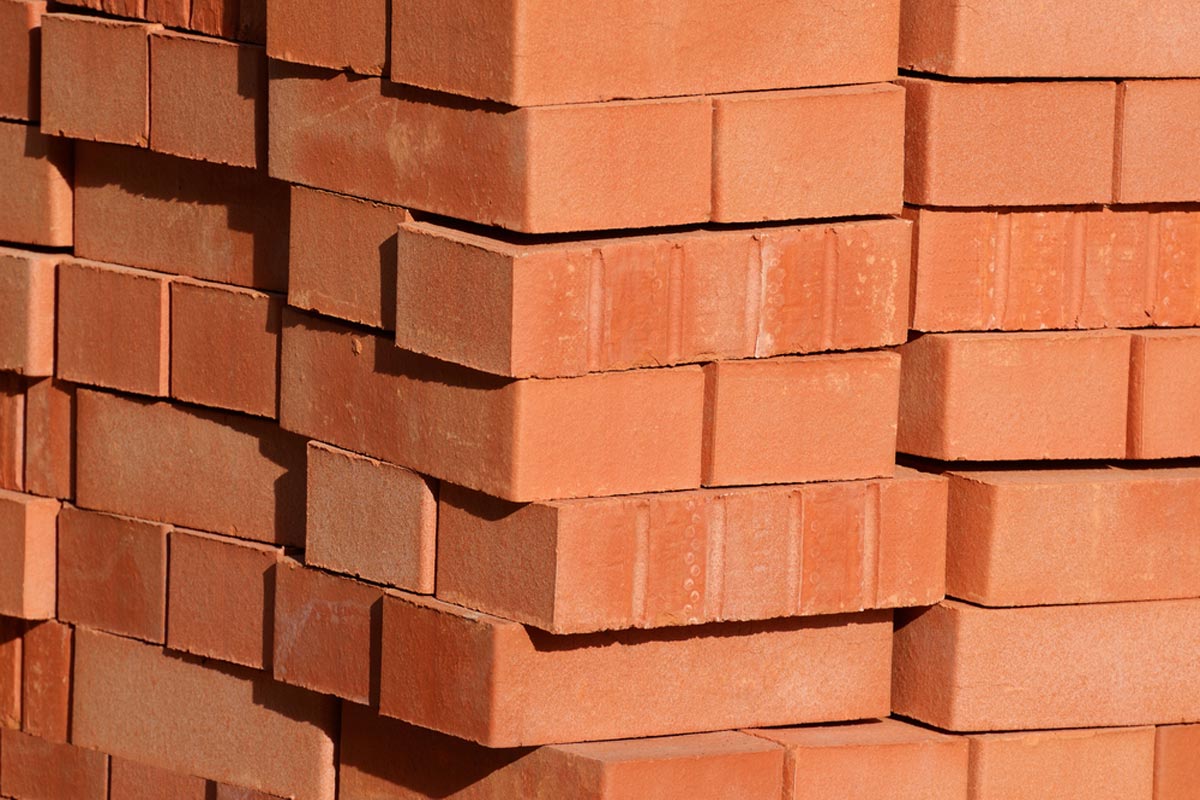
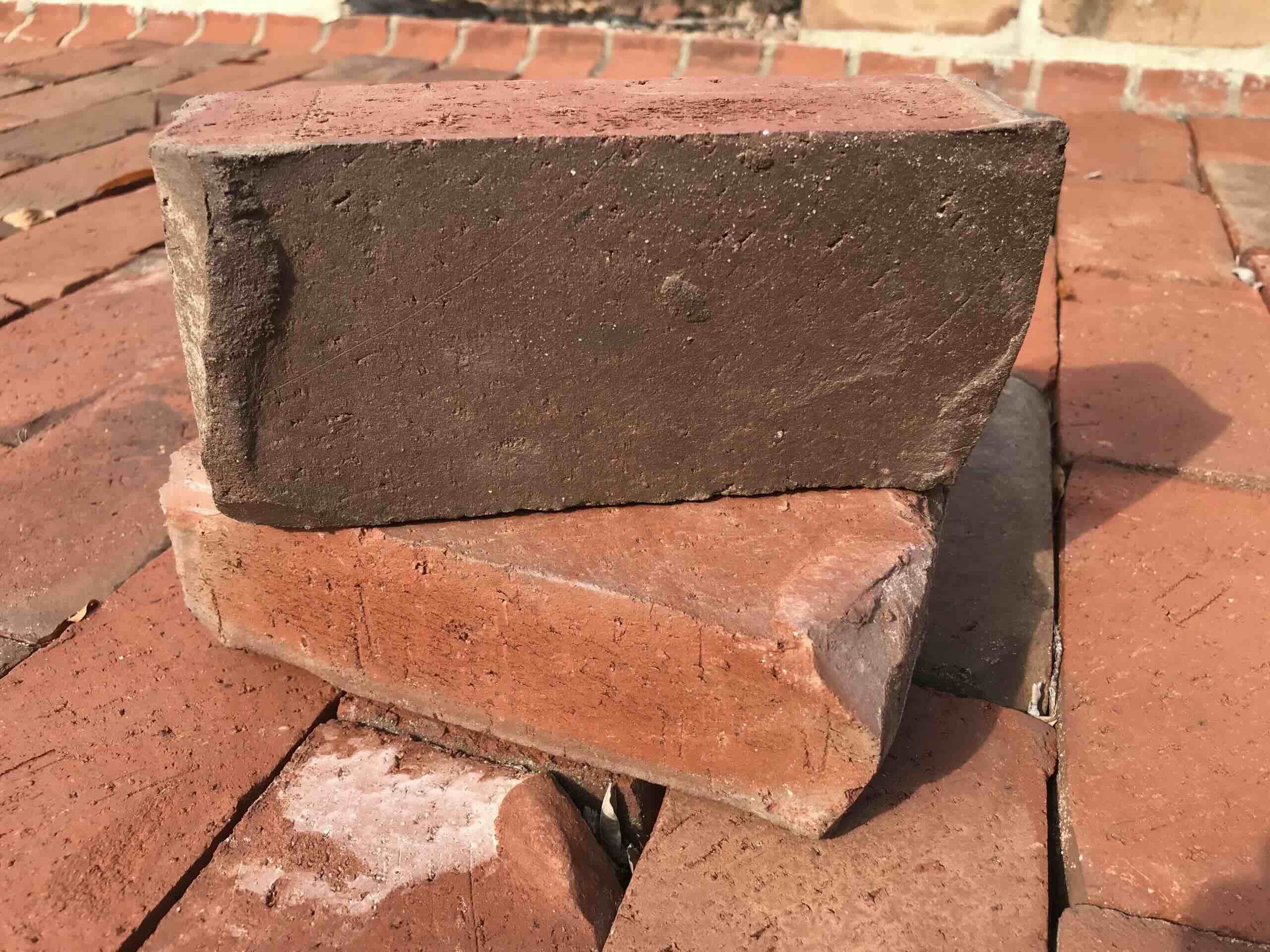
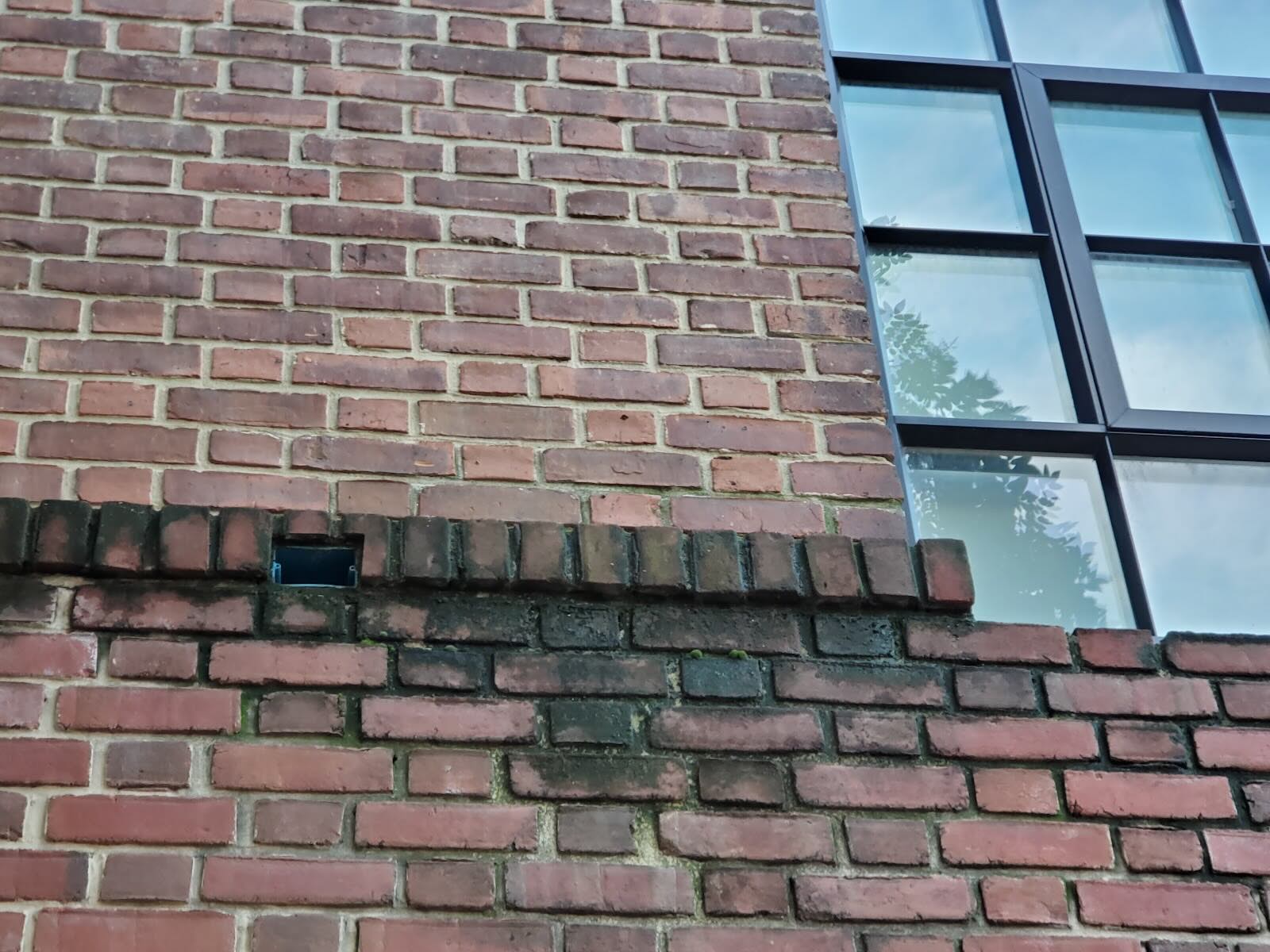
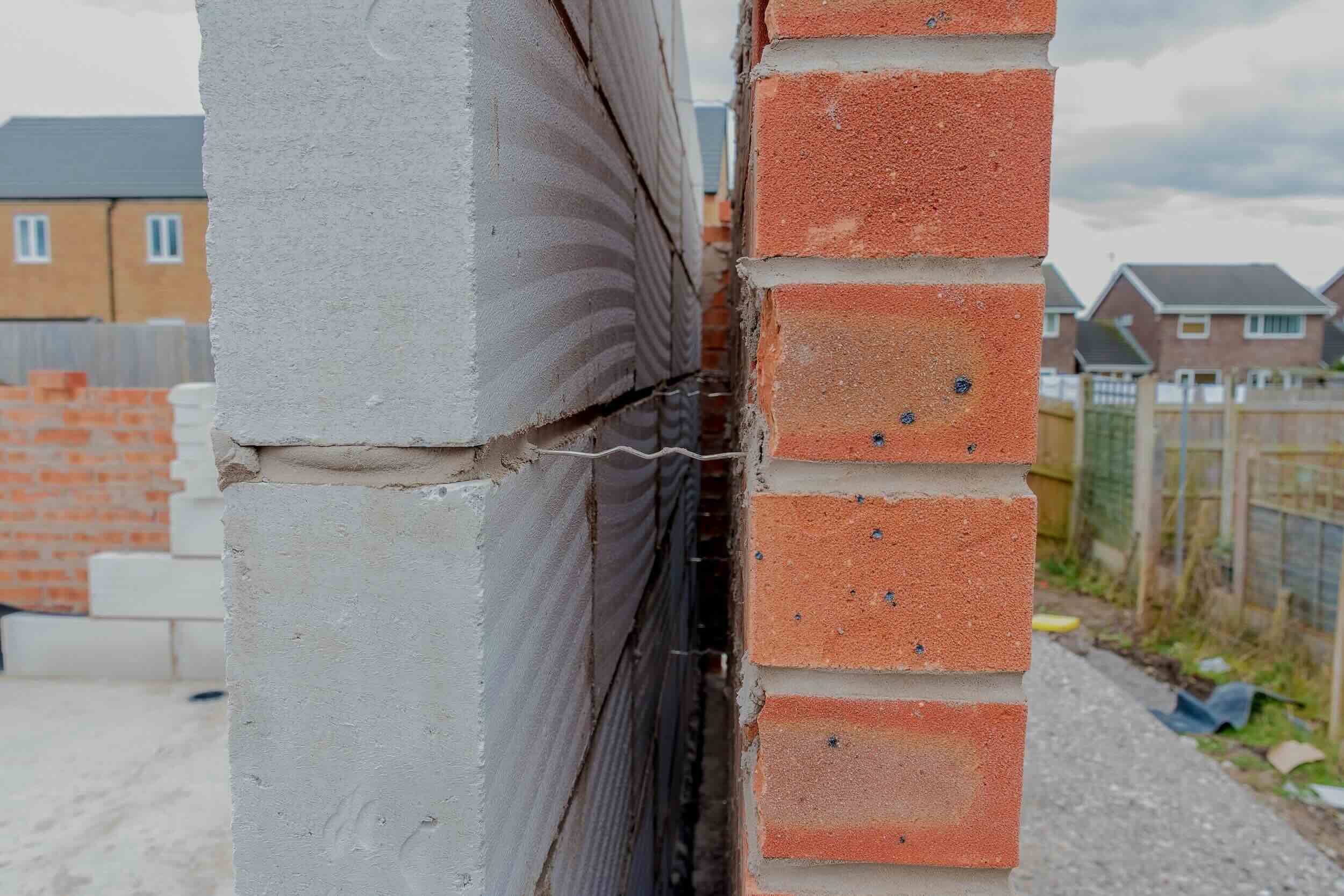

0 thoughts on “What Is A Brick Facade”